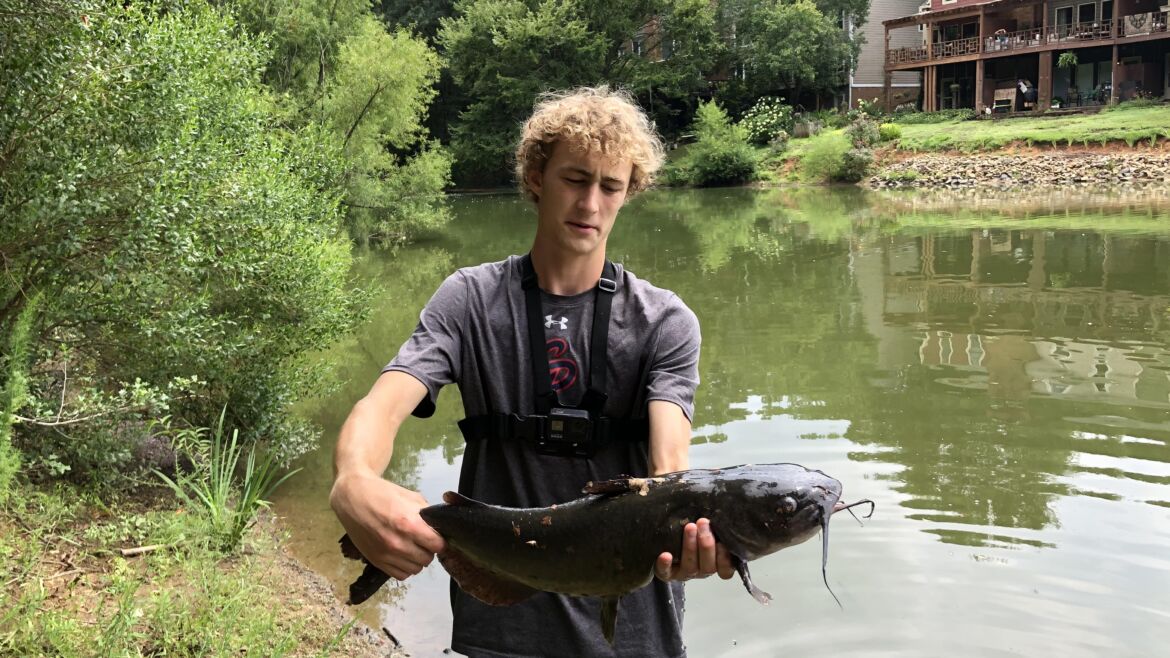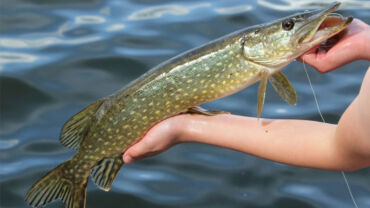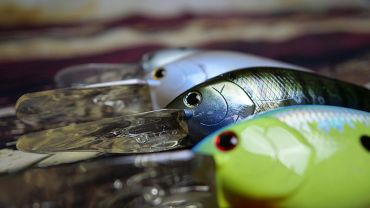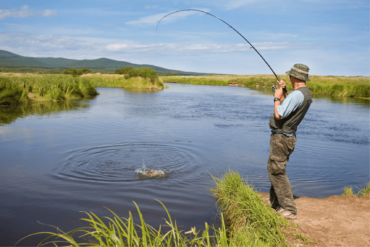Success in the world of freshwater fishing is dependent on a ton of different factors—among these factors—bait. From experience, I would argue having the right bait is the single most important factor in having a great day of fishing. Choosing the right bait for freshwater fishing can make or break a day and you certainly don’t want to leave your chances of success to luck. In this article, I will be breaking down the best baits for freshwater fishing and just how much of an impact choosing the right baits can make.
Understanding Freshwater Bait
Before I get into the nitty-gritty of the best freshwater baits, we need to define what a bait is. For the purpose of this article, we will define bait as a naturally found resource (so basically not an artificial lure). Bait provides a unique advantage over artificials because by using bait you are using a resource that the target species already eats in its natural habitat. I mean just think about it for a second. In no world are there freshwater species going around the pond or lake looking to chew on “naturally occurring crankbaits”, that’s impossible. In their natural habitat, those fish are looking for little minnows, worms, frogs, etc. Natural bait, when used correctly, exactly mimics what the fish eat in their own time because you’re literally using their normal prey for bait. Unfortunately, using bait to catch freshwater fish sometimes gets a bad rap. I’ve heard many people say, “There’s no skill involved” or “Natural bait makes fishing too easy”, but the truth is using natural bait to catch fish involves having a good understanding of the target species and what they like. You’re simply tailoring your approach to best attract the fish—it’s not “cheating”, it’s science-based fishing. Speaking of science-based fishing, the Fishbox app is a perfect place to start. With combined research from anglers and weather experts across the country, Fishbox allows anglers to get accurate fishing forecasts based on a variety of environmental factors and species-dependent knowledge. Additionally, the Fishbox app allows anglers to get a better understanding of what baits are going to work better in different conditions. So get started today and download the Fishbox app to maximize your catch.
Get your personalized fishing map
Answer a quick quiz and get your own personalized fishing map
Best Live Bait Fishing Options
As I said above, live bait options can certainly have an advantage over artificials when used in the right situations. From my experience, live bait has yielded even bigger than average catches than artificial ones. Additionally, live bait provides a unique style of fishing drastically different from fishing artificials which can serve as a nice mix-up occasionally. Because of the advantage that I believe live bait poses, let’s talk about some of the various live bait that I’ve used in the freshwater world.
Frogs:
- Target species: Largemouth Bass, Bluegill.
- Notes: Frogs, believe it or not, have worked extremely well for me in the past for both species listed above. When fishing a smaller body of water such as a pond or creek, you can often find tiny frogs all around the moist areas of the pond. Just grab a couple of these, put them on a bobber and you will find bluegill in no time whatsoever. Now, unfortunately, unless you get extremely lucky, you won’t be catching a Largemouth on a little frog. Instead, you’re going to want to find a big toad or bullfrog. I’ve found that they perform best when hooked on a leg as it allows you to cast them out and then the bait does the work for you. If the bait is hooked correctly and then cast out into a pond or lake, it should squirm around. This squirming usually doesn’t last long as big Largemouth Bass tend to find the frogs very easily.
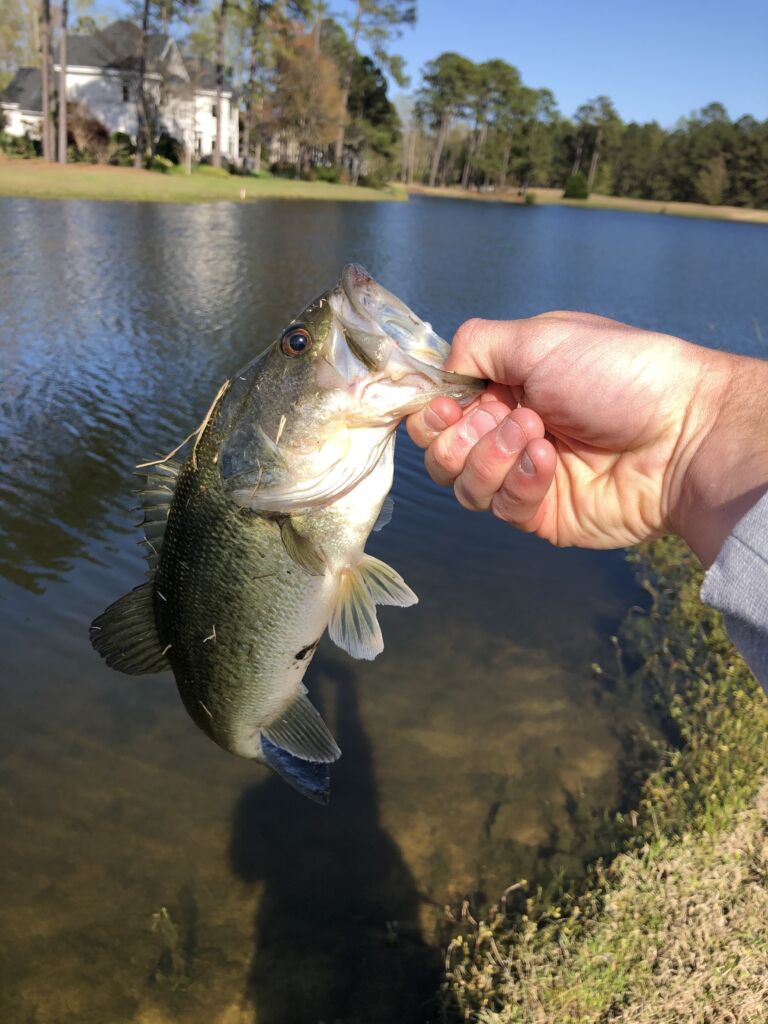
Bluegill:
- Target species: Largemouth Bass, Channel Catfish, Blue Catfish.
- Notes: Bluegill is one of my go-to live baits for freshwater fishing—it simply cannot be beaten. I have found that the best way to catch bluegill is either to put a little piece of worm on a small hook and fish for them or if it’s legal, just use a cast net and save a bunch of time. I will hook the bluegill either just below the top fin or in the tail. Put it under a bobber or just fish it free line and this strategy will yield results in almost any body of freshwater.
Worms:
- Target species: Largemouth Bass, Smallmouth Bass, Bluegill, Channel Catfish, Blue Catfish, Rainbow Trout, Black Crappie.
- Notes: When I tell you worms are the most versatile bait in the freshwater world, I truly mean it. There is nothing a worm cannot catch. Just look under rocks near your local body of water to find these little critters. If you happen to find some, I can almost guarantee you will catch some type of fish. Now I noted all the species above CAN be caught using worms, but your catches when using worms will often heavily be dominated by panfish just because of the sheer population size in most bodies of water. For the best results, fish the worm under a bobber and cast it literally anywhere. If you do want a better shot of getting a bigger fish on the worm though, try and cast out to the deeper water where some of the bigger species are often lurking.
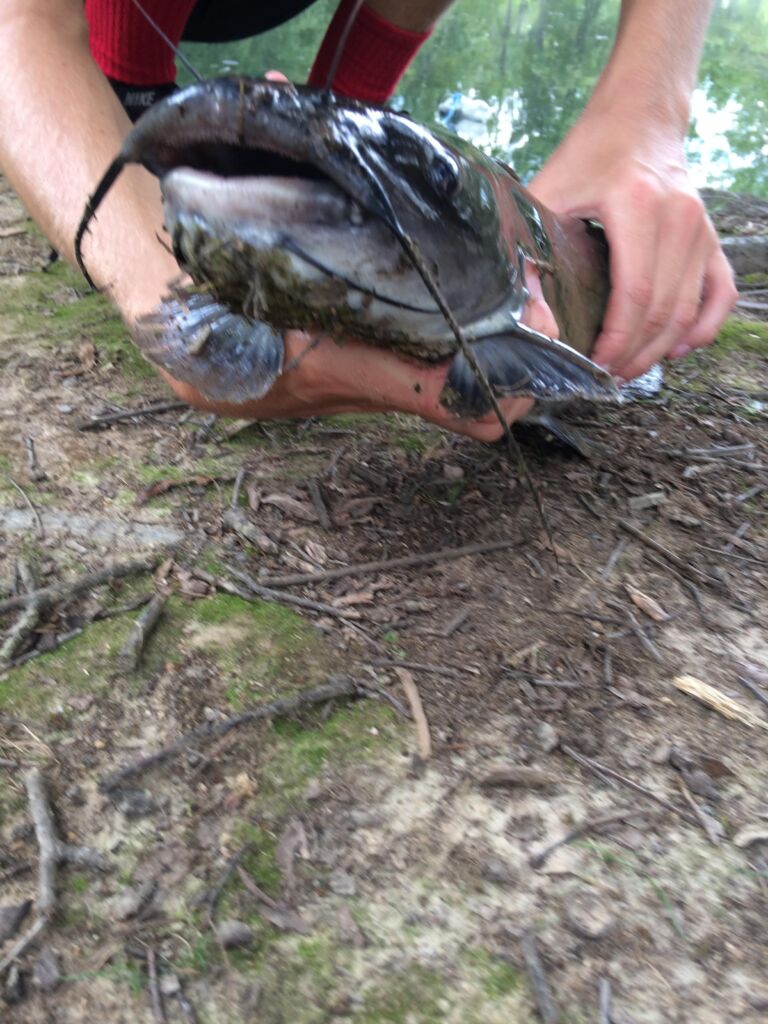
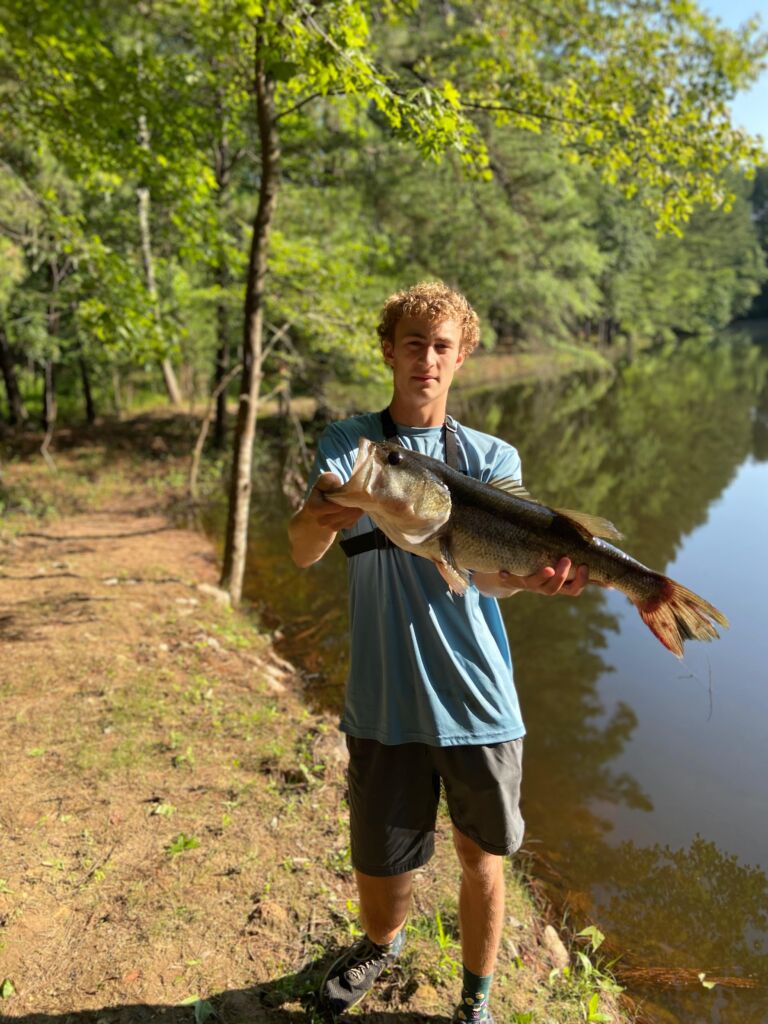
Crickets:
- Target species: Bluegill, Black Crappie.
- Notes: Crickets have proved their worth as freshwater bait again and again. I normally fish them the same way I would fish a worm—under a bobber. While bigger species like bass and catfish won’t often touch a cricket simply because they’re too small, they still make great bait for panfish and appeal to species like bluegill and black crappie.
Minnows:
- Target species: Red Drum, Bluegill, Black Crappie.
- Notes: Minnow is a slightly broader category than the rest of the baits mentioned above as there are a ton of different kinds of minnows based on where one is fishing. For example, if I’m fishing for Red Drum in brackish water, I’m going to use a mullet or mud minnow if I can find them. However, if I am in freshwater fishing for something like bluegill or crappie, I would just be using any small freshwater minnow I could get my hands on. You could fish these under a bobber or on the bottom with something like a Carolina Rig.
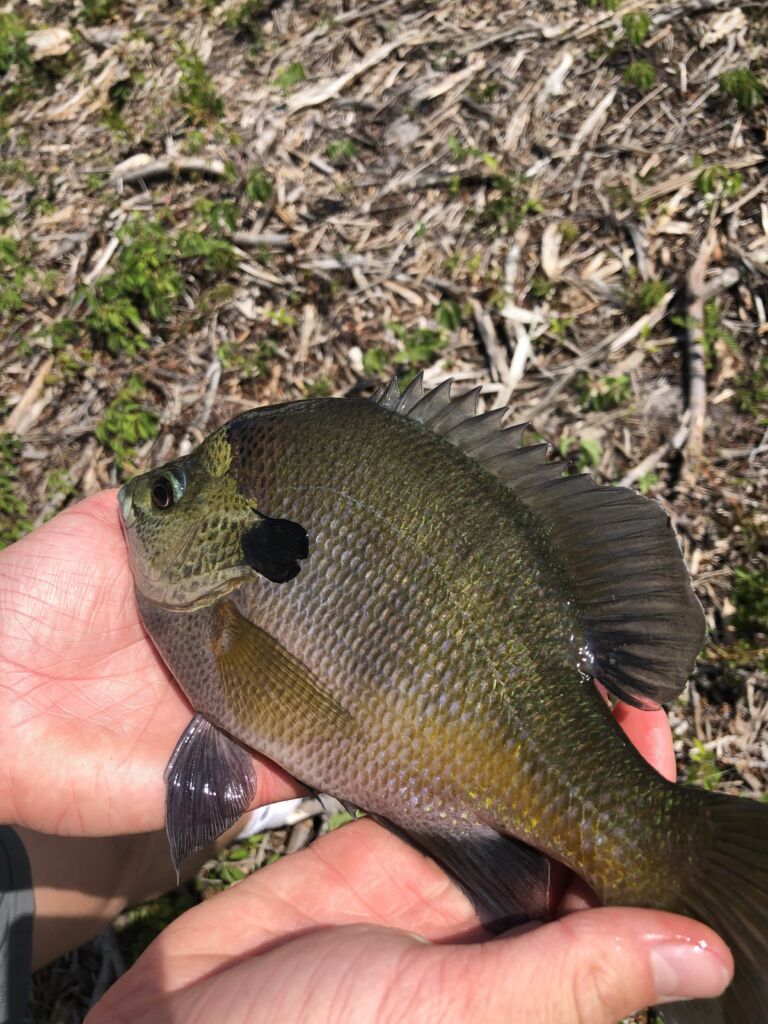
Top Artificial Baits
While this article is primarily about live bait, it is still very important to have a good grip on how to fish with artificial bait and what lures to use to increase your chances of catching. There were many days where I had planned to go fishing with live bait in some body of water, but because of the conditions and lack of live bait around, I simply couldn’t. This is exactly why knowing artificial baits and their effectiveness is so important.
To read more about some of the best lures to use in freshwater check out this article: Best Freshwater Lures: Top Picks for Successful Fishing
Seasonal Considerations
Choosing the right bait is very important, but so is your timing with seasons—especially regarding water temperatures. There are two main problems that seasons bring into the picture regarding live bait fishing. First, fish are less active in some seasons than others. Colder months are generally going to be less productive for freshwater fishing as the metabolisms of the fish often slow down giving them little energy to move around and hunt live bait. Second and more importantly, some baits are far harder to find in certain seasons as opposed to others. Spring and summer are a great time for literally all of the live baits listed above, however, as you move into fall and winter it becomes very hard to find frogs, crickets, and even bluegill as they often move into deeper water. Take your seasons into account when deciding if you want to go live bait fishing. If you can’t even get the actual bait, then you won’t be able to fish so keep that in mind. From my own experience, I will often switch to artificials for the fall and winter and then return to using live baits in the spring when the baits themselves are more plentiful.
Tips for Bait Presentation
Bait presentation can be broken down into 3 main methods: the Carolina rig, freeline, and bobber. All three of these strategies have unique advantages and disadvantages, so knowing how to utilize all three is very important. First, the Carolina rig. Simply a weight, then a swivel, then a leader, then a hook. This allows the bait to stay in one general vicinity but also allows the bait to move around if it would like. I would suggest using this method with worms, bluegill, and minnows. The Carolina rig is a bottom rig, so I heavily utilize this rig for bottom dwellers like catfish. Second, the freeline. This method works great with live baits that move a lot such as bluegill, minnows, and large frogs. It allows the bait to do what it pleases and gives them little to no restriction. Freelined live baits can be a great way to draw fish-like bass to the surface—especially with large frogs. Lastly, the bobber rig. This is simply an all-time classic. The bobber allows for a perfect, middle-of-the-water column presentation that leaves the bait suspended for any predatory fish to see. This is definitely my personal go-to as I believe it gives both mobility to the fish and creates a lot of disturbance which often draws more fish in. So next time you’re live bait fishing, keep these tips in mind.
Get your personalized fishing map
Answer a quick quiz and get your own personalized fishing map
Best Practices for Bait Storage
Bait storage and upkeep is an overlooked side of the live bait fishing world. You must rely on your bait being frisky and healthy to get the most bites, so keeping the bait healthy should be a top priority. Any kind of live bait that needs water should be kept in a big enough bucket with an aerator to keep the fish as alive as possible. The fresher the bait—the more action it will see, I promise. For land-based natural baits like crickets or frogs, be very gentle with these creatures as they are often delicate. Hurting your bait will hurt your chances of catching fish on them. Overall, the main focus is to just keep your hands off the bait as much as possible. This allows for a higher rate of survival and a more frisky bait that is essential to the success of your fishing operation.
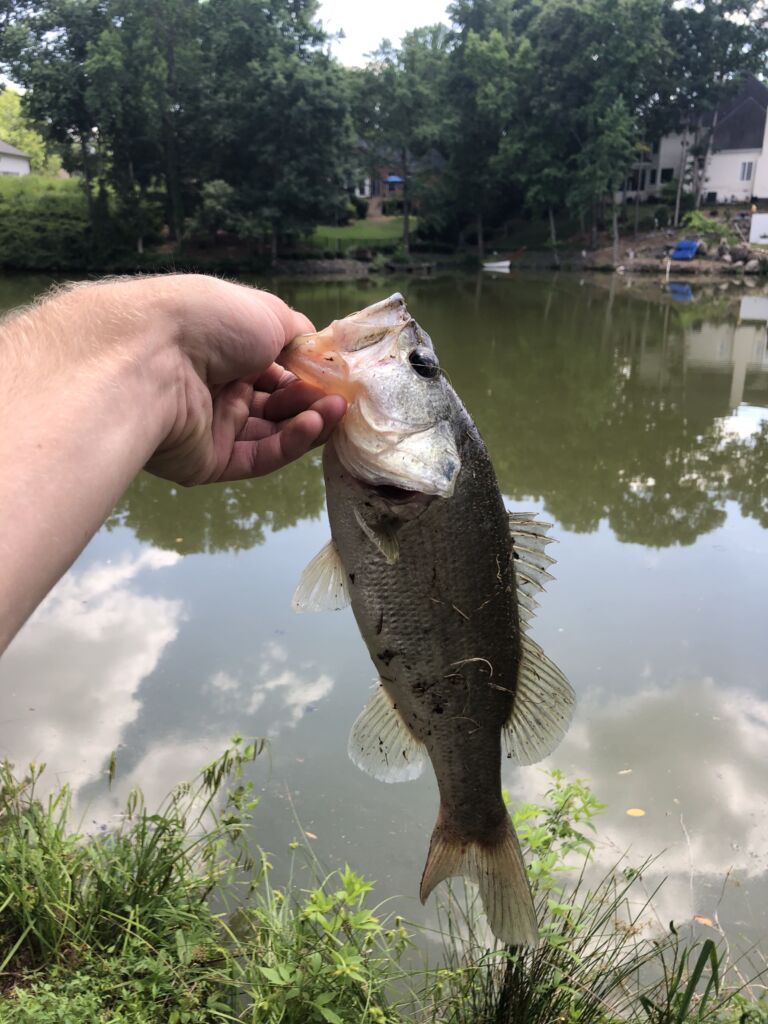
Conclusion
I hope these tips and tricks regarding the importance of live bait fishing can serve you well out on the water. Remember, the biggest thing I try to emphasize in a fisherman is versatility—you MUST be willing to change strategies and switch up tactics to be a better fisherman. This goes both ways in freshwater fishing: If live bait isn’t working, then you need to give artificials a shot. If artificials aren’t working, then you need to try live bait. Now that you have this article in conjunction with the article on the best baits for freshwater fishing (link is above) there should be nothing stopping you from getting out on the water and being a better fisherman. These articles are a great resource but paired with the Fishbox app, they work even better. The app for fishing allows anglers to get a better grip on their conditions and what the bite should be like based on a variety of metrics studied by various anglers and weather professionals. Use this resource to your advantage and download the Fishbox App today.
Photo Source: All photos in this article were provided by expert Pierce Latta.
Visit his Instagram profile.
Subscribe to his YouTube channel.
